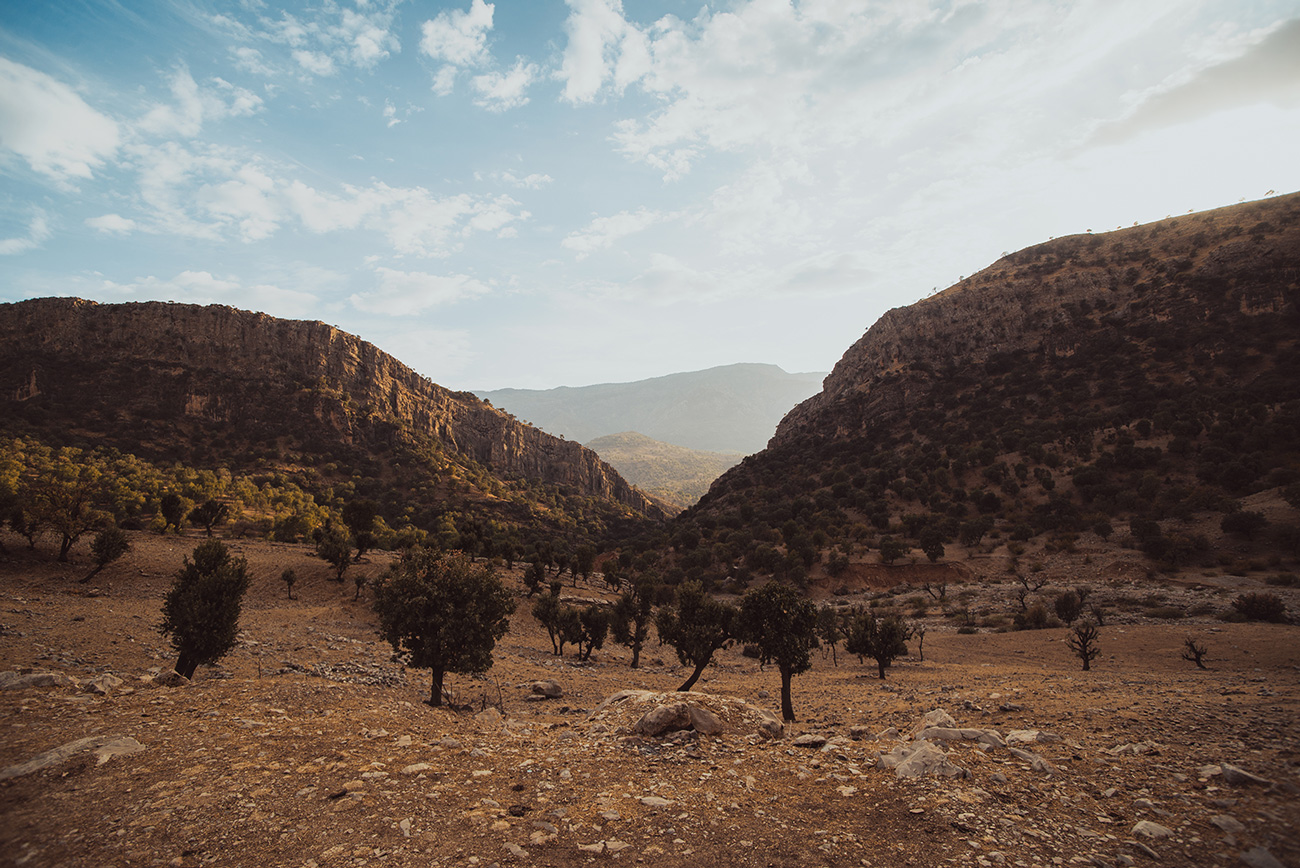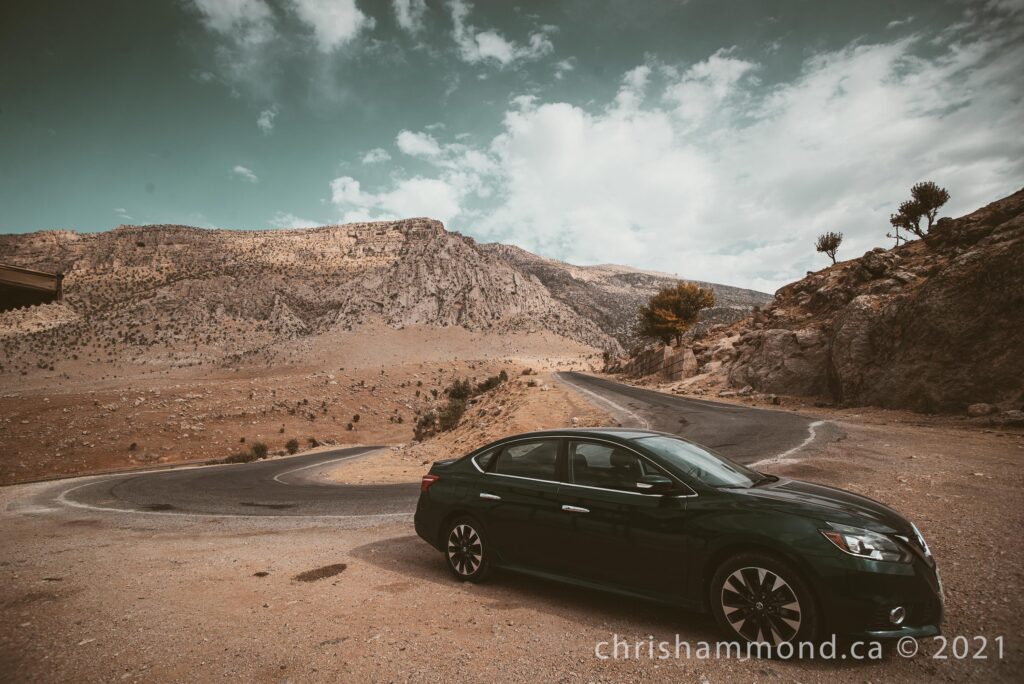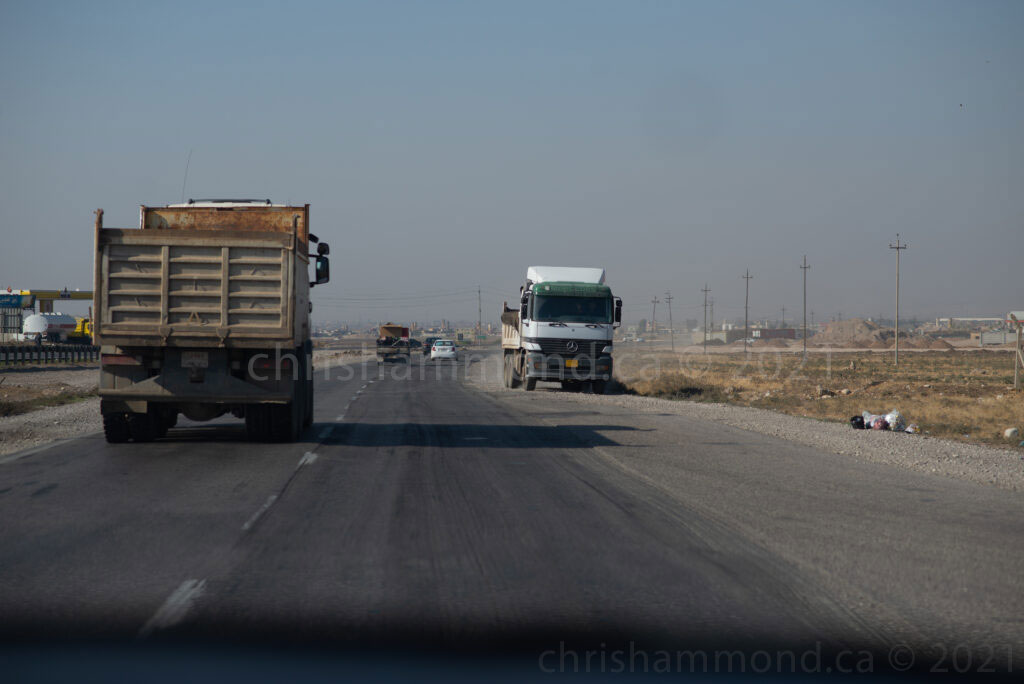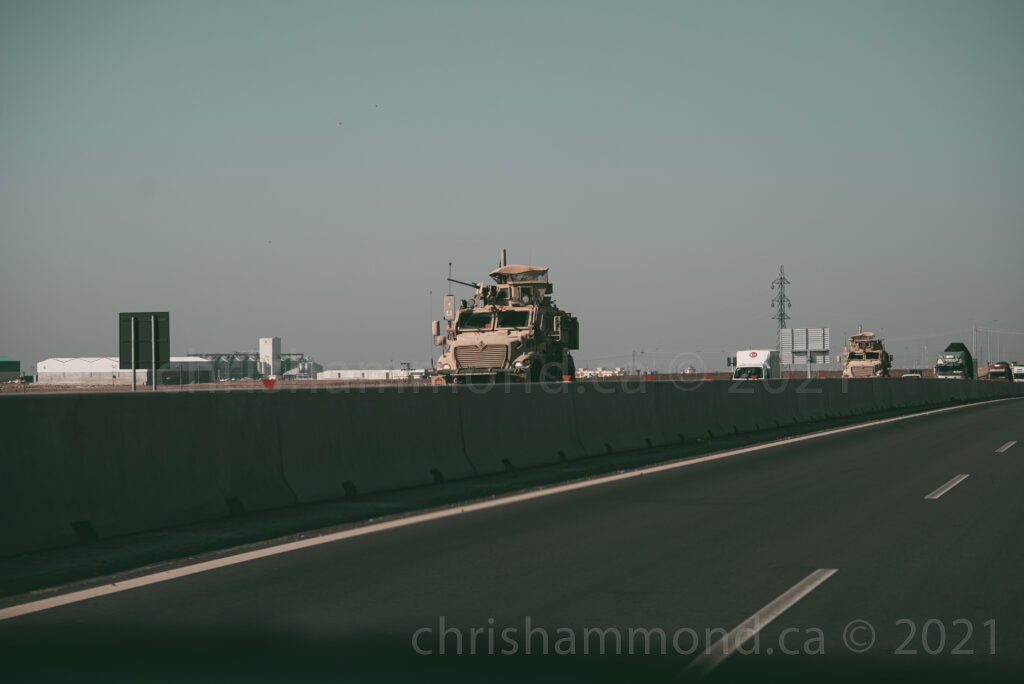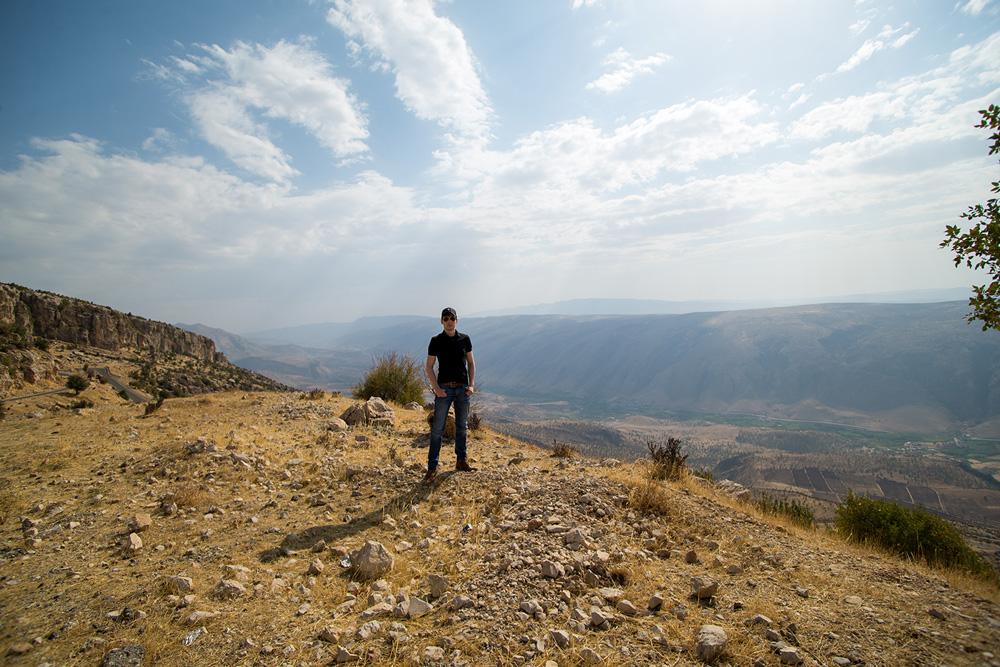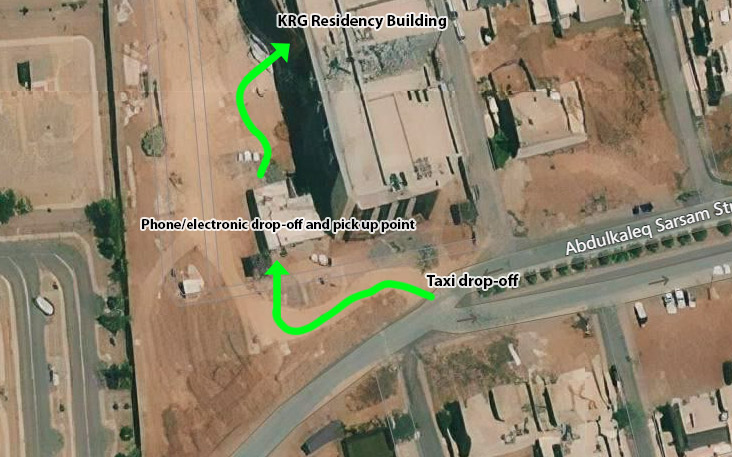Within the rugged Bradoastian mountains of Kurdistan is Shanidar Cave, the final resting place of at least ten neanderthal women, men, and children; our ancient evolutionary cousins. These ancient inhabitants occupied the cave as far back as 65,000 years ago. More recently, tens of thousands of years after their passing, their remains were uncovered by archaeologist Ralph Solecki over a series of expeditions to Kurdistan between 1951 and 1960. This discovery and the evidence presented by Solecki broadened our understanding of Neanderthals while also enriching our insights into their behaviour and interactions in social matrixes.
Preceding the Shanidar discovery, Neanderthals were generally portrayed as primitive and brutish barbarians. However, Solecki’s discovery and analysis challenged this preconception. Solecki had called the Shanidar Neanderthals the flower people after he discovered flower pollen grain deposits adjacent to Shanidar 4 (one of the ten Neanderthal remains found). This intriguing find, for Solecki, suggested Neanderthals may have been ritualistic and performed burial ceremonies with flowers (Solecki, 1977). Although this has been challenged by several contemporary anthropologists, it remains an intriguing argument (Gargett, 1999; Sommer, 1999).
Further, the Shanidar Neanderthals revealed they were potentially empathetic and cared for one another, and may have formed complex social matrixes. This argument is backed by evidence suggesting some of the remains revealed life altering injuries that would have required help from other Neanderthals for survival (Trinkaus & Villotte, 2017).
And more recently this year, the hidden mysteries within Shanidar continue to unfold; a discovery from this site has indicated that Neanderthals may have had sophisticated culinary habits. Evidence emerged which suggested the Shanidar neanderthals used pounded pulses as an ingredient used when cooking plant food (Kabukcu et al, 2023), suggesting they had a taste for certain flavour profiles and combinations while preparing food.

With that in mind, the Shanidar Cave discoveries represents a profound window into the depths of our evolutionary history, shedding light on the lives and adaptations of our ancient relatives; they have challenged the traditional view of Neanderthals as primitive, revealing evidence of potential ritualistic behaviour with flowers, signs of empathy and care within their community, and recent findings suggesting sophisticated culinary practices, collectively reshaping our understanding of their complexity and social lives. Therefore, I absolutely had to make the drive up to Shanidar and see the cave for myself – which I did, as an exciting solo journey.
Driving to Shanidar from Erbil
My drive to Shanidar was peaceful and relaxing. I found Maps.Me to be tremendously helpful app for directions and I’d recommend it in Kurdistan. In my experience, while I originally used Google Maps, I quickly discovered it is not up-to-date and gave me wrong directions. Around Ankawa and other parts of Erbil, Google Maps mistakenly thinks that several intersections exist that do not as they are blocked off with concrete barriers; in comparison, Maps.Me did not have this issue.
On the journey from Erbil to Shanidar is Shaqlawa, a beautiful little town adjacent to the Safeen mountains, enveloped by vineyards and orchards. Its main street is adorned with an abundance of beautiful and cozy shops, cafes, and restaurants. Even more, perched along the Safeen mountain by Shaqlawa is the Shrine of Raba Boya, originally a hermitage where monks once lived, it later became a shrine. Raba Boya is said to be capable of granting fertility wishes to those who wish to make a family (Mesopotamia Heritage, 2019). And while the town was once home to a sizable Christian community, their numbers have dwindled away in recent years (Martin, 2018). Nevertheless, I’d highly recommend paying this town a visit and spending an evening there, as it truly comes alive at dusk. It’s undeniably a beautiful town and a great place for tourists.
Continuing, I made my way up to Erbil Soran Rd and then Erbil Barzan Rd. Barzan Rd was very quiet, with the beautiful Zagros mountainous landscape surrounding the road, rural communities scattered throughout the region. As is common in Kurdistan region, there are farm animals that sometimes wander onto the road, which I encountered more than a few times.
Arriving at Shanidar Cave
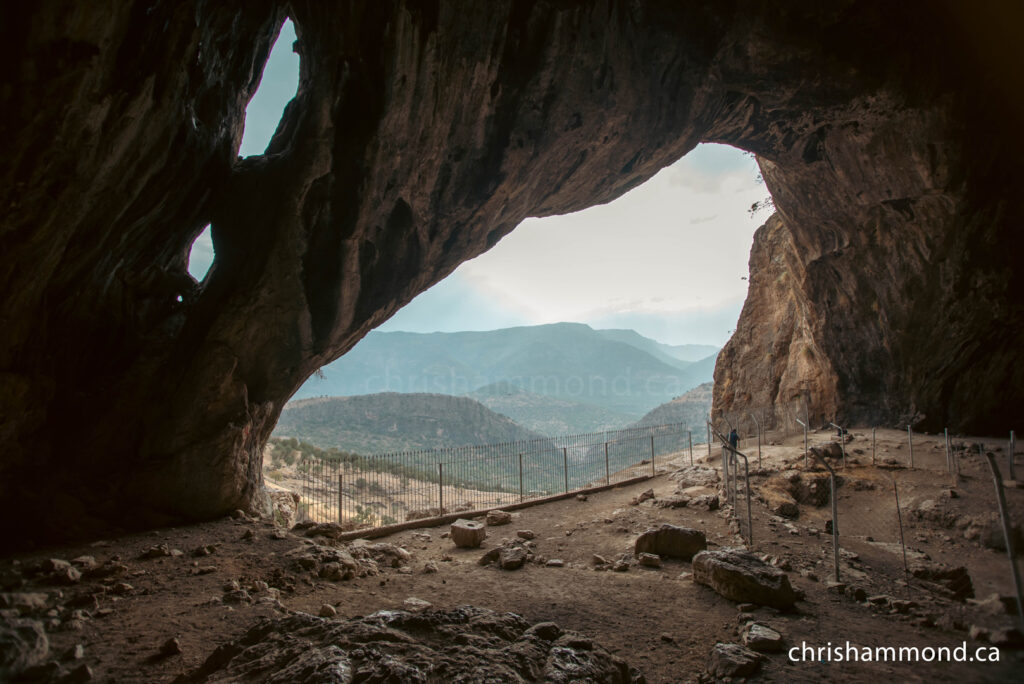
Upon arriving at the base hill leading up to the cave, I was greeted by peshmerga stationed to protect the cave and surrounding area. They waved me in and I drove up to the main parking area, where I parked my car. The parking lot was nearly empty, with one other vehicle being loaded up by a family on their way out.
Stepping out of my car, my initial expectation was that the cave would have been a moderate hike up without any clear defined man-made pathway. To my surprise, the area in front of cave had been transformed into a family park with concrete and stone pathways and stairways, gazebos, benches, and even a monument dedicated to Ralph Solecki.
I embarked on my hike, enduring the hot Kurdish sun, stopping occasionally to hydrate. Despite the presence of stairs, the elevation gain to get to the cave combined with the heat required a few breaks in the small gazebos built along the way.
As I approached near the cave, I opened a small fenced gate that lines the cave entrance. I entered, moving from the sun into the increasingly dark shadows. This cave has protected occupants for tens of thousands of years; it has provided shelter to local Kurdish herders in more recent times, and pre-history, provided shelter for Neanderthals. Now, here I stood, protected from the exterior elements.
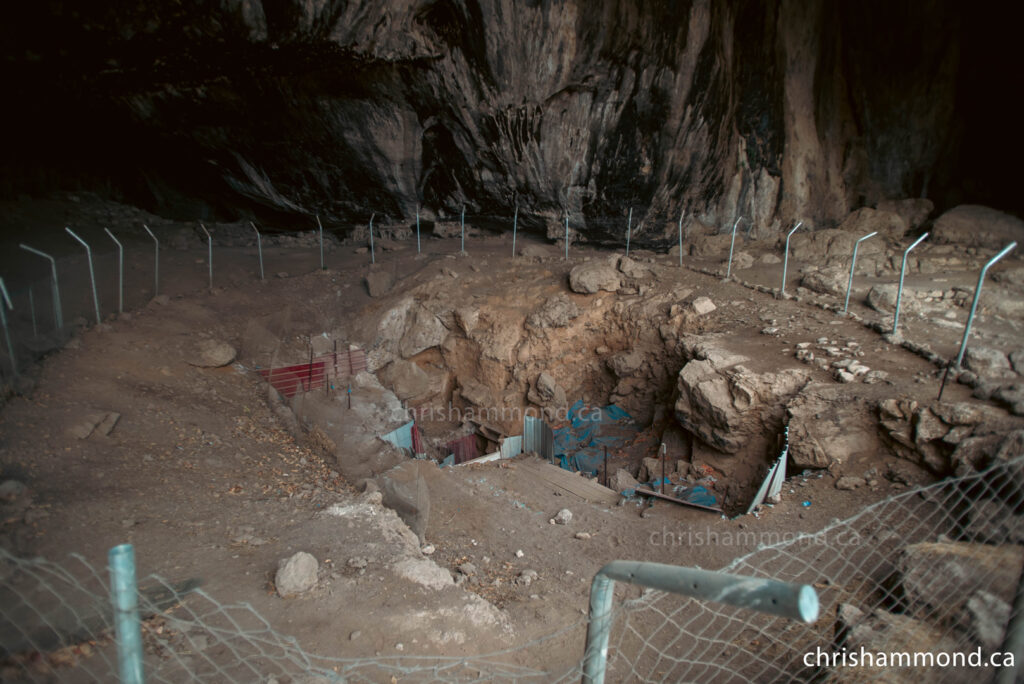
As I entered the cave, I glanced down the excavation site, which is towards the front of the cave and surrounded by additional fencing. Unfortunately, some litter had been carelessly discarded into the excavation site. Gazing down into the excavation, it dawned on me how deep within the sediment the Shanidar Neanderthals were buried, with soil, debris, and rock falls covering them over time. Down within this excavation, the remains of ten Neanderthals were unburied. While some had died by rockfall, as argued by Solecki, others arguably were buried by burial rites (Solecki, 1977).
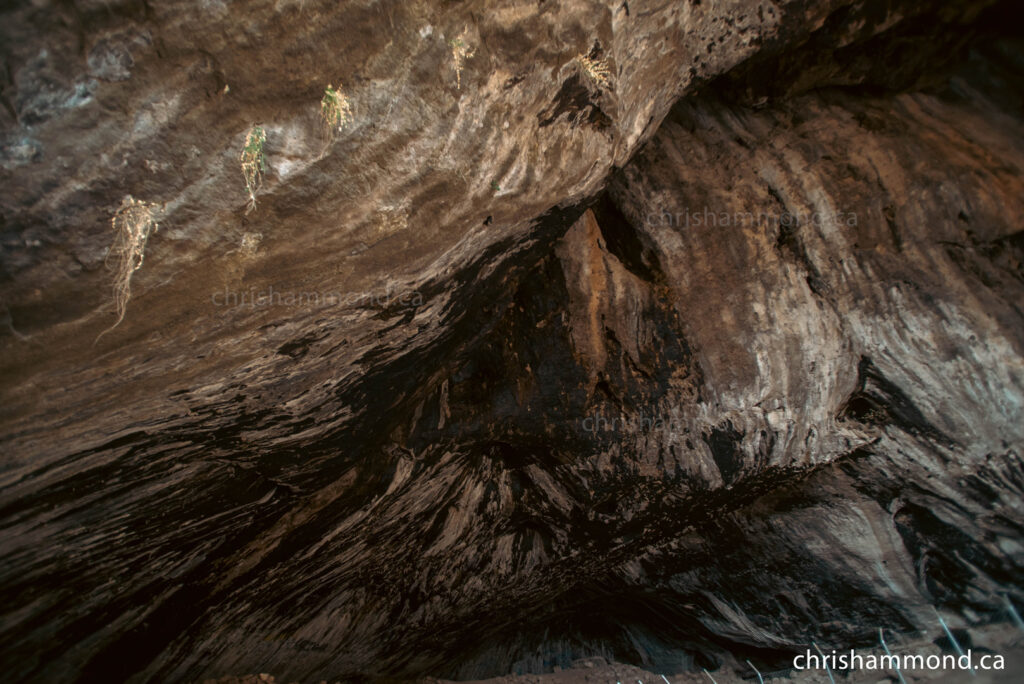
Using my mobile phone as a flashlight to see, I ventured deeper into the cave. The cave is vertically large, and fairly wide, yet it becomes dark quickly even with such a large entryway allowing sunlight in. I explored around, wandering around the edges of the cave before making my way towards the front again.
Before exiting, I stood by one of the rock walls and placed my hand upon it. I closed my eyes and tried to imagine the life of Neanderthals in the cave way back. Looking out into the landscape surrounding may have provided a slightly different view of than today, due to differing climactic conditions and the transformation of the landscape from human activity. At the time of the Neanderthals some 45,000 to 60,000+ years ago, it is estimated that there was a greater level of flora favouring arboreal vegetation due to more moist climactic conditions (Solecki, 1977). Herds of goats and sheep often graze the landscape, consuming vegetation, and the relatively sparsely spaced oaktrees remain smaller in size, perhaps partially due to farmers feeding their livestock branches from the trees. At the time of Neanderthals, potentially a greater source of moisture came from the glacial period and prevailing westerly winds moving through the Zagros mountains, bringing moisture from the Mediterranean (Solecki, 1977) and with it, providing conditions for a greener landscape.

Considering more recent history, I also contemplated how the landscape surrounding Bradoast may have had a different fate as it came close to being within the vicinity of dam waters. In the late 1980s and early 90s, former plans put on hold from decades earlier to build a dam across the Greater Zab River were revived and weaponized by Saddam Hussein and his Baathist regime, who intended to use the water to flood out land that belonged to the Barzani tribe in part of a campaign of retribution against the Kurdish people. Weaponizing the landscape as a method of retribution and to attack locals was not new to the Saddam regime. Around the same time, in Southern Iraq, a system of canals and barrages were built to force out the Marsh Arabs, leaving their land and way of life destroyed (Khadr, 2019) in what may even be described as an ecocide-driven genocide. It is estimated that Marsh Arabs in the 1950s had a population of nearly half a million; however, Saddam’s campaign to destroy them had caused their numbers to dwindle to as low as 20,000 by 2003, with many being displaced to camps, and others executed (Khadr, 2019). In similar fashion, the Bekhme dam project was revived with the intention of significantly hurting the Barzani tribe, destroying land owned by Mulla Mustafa Barzani, the leader of the Barzani tribe (Solecki, 2005).
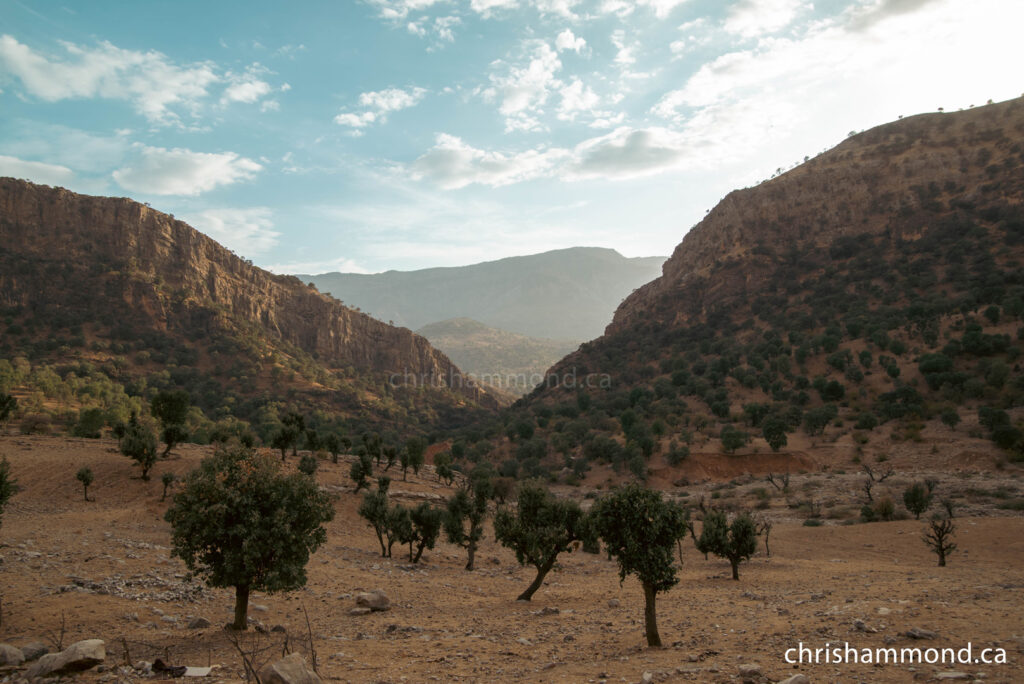
In the context of Shanidar, the building of this dam would have isolated Shanidar cave and flooded the lower lands nearby, making access to the cave difficult. In addition, important archaeological sites would likely have been flooded over, including an 11th century BC village, known as Zawi Chemi Shanidar; monasteries, and a synagogue site (Solecki, 2005). Destruction of these important sites would cause significant damage to important sites, representing a substantial impediment to our understanding of culture, history, and prehistory. Thankfully, this never came to fruition.
However, recently there are discussions to revive the Bekhme dam project. During an interview this past July, Midhat Zwayen, Director of Dijlah Consulting Engineers, suggested the dam should be completed (Menmy, 2023). And if the dam construction continues once more, this will, again, bring into question the risks stated earlier. The dam would likely result in flooding around Shanidar cave, displacement of approximately 20,000 people, and loss of the 11th century BC village Zawi Chemi Shanidar (Kehreman, 2006). Displacement of such a significant number of people is likely to be problematic when across Iraq, including Kurdistan region, large camps of internally displaced peoples already exist, to the tune of approximately 180,000 people (UNHCR, 2023).
Exiting the cave
During my walk back to the car, the two peshmerga at the entry checkpoint had walked up the path to greet me. As I approached them, they began talking to me. I couldn’t understand the questions they were asking and without mobile phone signal to translate through Google, we defaulted to acting out what we were trying to express. They first pointed to my camera tripod bag, a long black nylon bag with a black arm strap that could be mistaken for any number of other things – like a bag for measurement instruments, or possibly a rifle bag. I became a little nervous and the look on my face probably revealed as much. I opened the bag and showed them the tripod; they understood it was for my camera. The entire time they were very friendly and not aggressive. Once they understood I had a camera, they gestured they would like for me to capture their photo. I obliged.
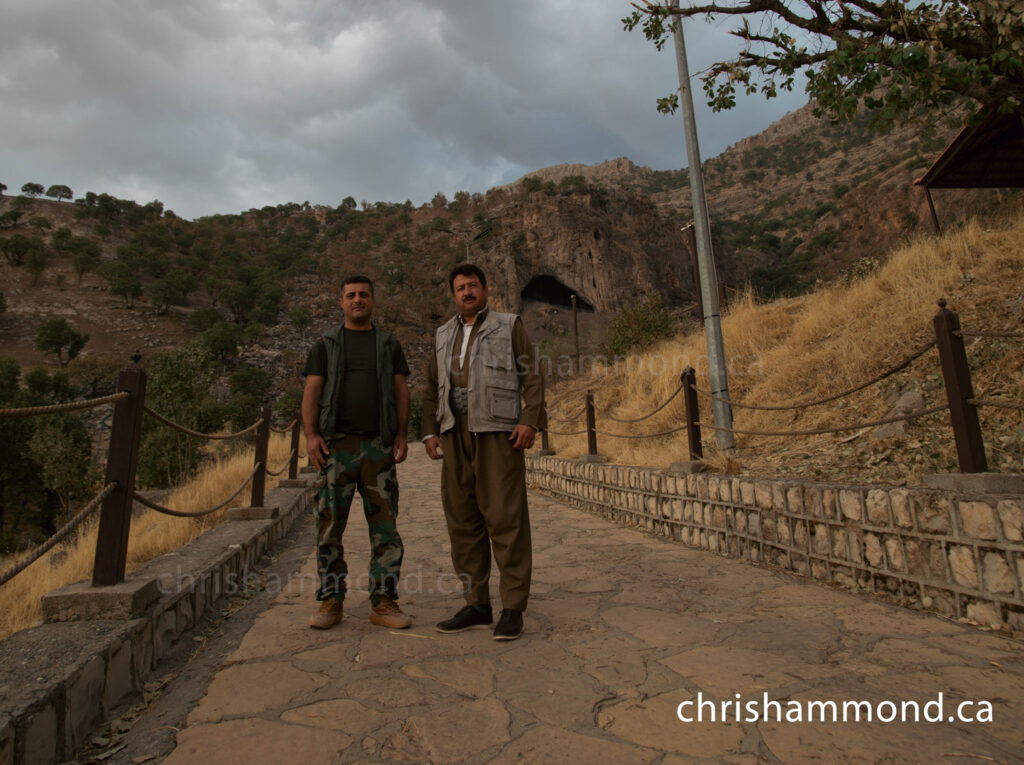
At first they stood together with stiff grins on their faces. However, after taking a couple of photos, the one in the Kurdish beige outfit wanted his own individual photo taken. He knew how to position himself for a good photo, and in fact, I would later use his stance for my own photos.

From there, the man in the beige suit held his phone out and signalled he would like for me to send him the photos. I somehow had to explain I had no signal but I would take their number and send it later when I could. I pointed to the status bar on my phone showing no signal; they understood. He opened viber and indicated to add him on viber. Later that day, when I arrived home, I asked a friend to type a Kurdish message for him and I attached the photos and sent.
ئيواره باش. خوش حال بوم به ناسينى جه نابتان، ئه وه ره سمه كانته. هيوادارم به دلتان بي. كاتيكى خوش.
Good evening, I hope you’re doing well. I had the pleasure of meeting you. These are your photographs, I hope you like them. Have a nice time.
I was hoping to hear back from him, but unfortunately the message went unread for quite some time. Fast forward two years, in June of 2023, I received a reply:
ده ست خوش بیت برا
Thank you brother.
References
Gargett, R. H. (1999). Middle Palaeolithic burial is not a dead issue: The view from Qafzeh, saint-césaire, kebara, Amud, and Dederiyeh. Journal of Human Evolution, 37(1), 27–90. https://doi.org/10.1006/jhev.1999.0301
Kabukcu, C., Hunt, C., Hill, E., Pomeroy, E., Reynolds, T., Barker, G., & Asouti, E. (2022). Cooking in caves: Palaeolithic carbonised plant food remains from Franchthi and Shanidar. Antiquity, 97(391), 12–28. https://doi.org/10.15184/aqy.2022.143
Kehreman, B. (2006). (rep.). Report I Bekhme Dam. Report I Bekhme Dam. Retrieved from https://web.archive.org/web/20110721200314/http://www.envirozan.info/EZ_Docs/Dams/Bexme_Dam_Report.pdf.
Khadr, A. (2019). Iraq: ‘Women are the backbone of the Marsh Arab community – as the effects of climate change are becoming more visible, it is becoming clearer that women are the first to suffer.’ Minority Rights. https://minorityrights.org/programmes/library/trends/trends2019/iraq/
Martín, I. S. (2018, June 16). Transformation of Iraqi village a warning about anti-Christian tides. Crux. https://cruxnow.com/crux-nineveh/2018/06/transformation-of-iraqi-village-a-warning-about-anti-christian-tides
Menmy, D. T. (2023, July 31). Iraq’s two main rivers will vanish if new dams not built. The New Arab. https://www.newarab.com/news/iraqs-two-main-rivers-will-vanish-if-new-dams-not-built
Mesopotamia Heritage. (2019, July 10). Shrine of raban boya in shaqlawa. Mesopotamia Heritage. https://www.mesopotamiaheritage.org/en/monuments/le-sanctuaire-de-rabban-boya-shaqlawa/
Pomeroy, E., Bennett, P., Hunt, C. O., Reynolds, T., Farr, L., Frouin, M., Holman, J., Lane, R., French, C., & Barker, G. (2020). New neanderthal remains associated with the ‘Flower Burial’ at Shanidar Cave. Antiquity, 94(373), 11–26. https://doi.org/10.15184/aqy.2019.207
Solecki, R. S. (1977). The implications of the shanidar cave neanderthal flower burial*. Annals of the New York Academy of Sciences, 293(1), 114–124. https://doi.org/10.1111/j.1749-6632.1977.tb41808.x
Solecki, R. S. (2005). The Bekhme Dam Project in Kurdistan Iraq: A Threat to the Archaeology of the Upper Zagros River Valley. The International Journal of Kurdish Studies; Brooklyn , 19(1/2), 161–VII.
Sommer, J. D. (1999). The shanidar IV ‘flower burial’: A re-evaluation of Neanderthal burial ritual. Cambridge Archaeological Journal, 9(1), 127–129. https://doi.org/10.1017/s0959774300015249
Trinkaus, E., & Villotte, S. (2017). External auditory exostoses and hearing loss in the Shanidar 1 neandertal. PLOS ONE, 12(10). https://doi.org/10.1371/journal.pone.0186684
UNHCR. (2023, August). Iraq – Operational Data Portal. https://data.unhcr.org/en/country/irq
